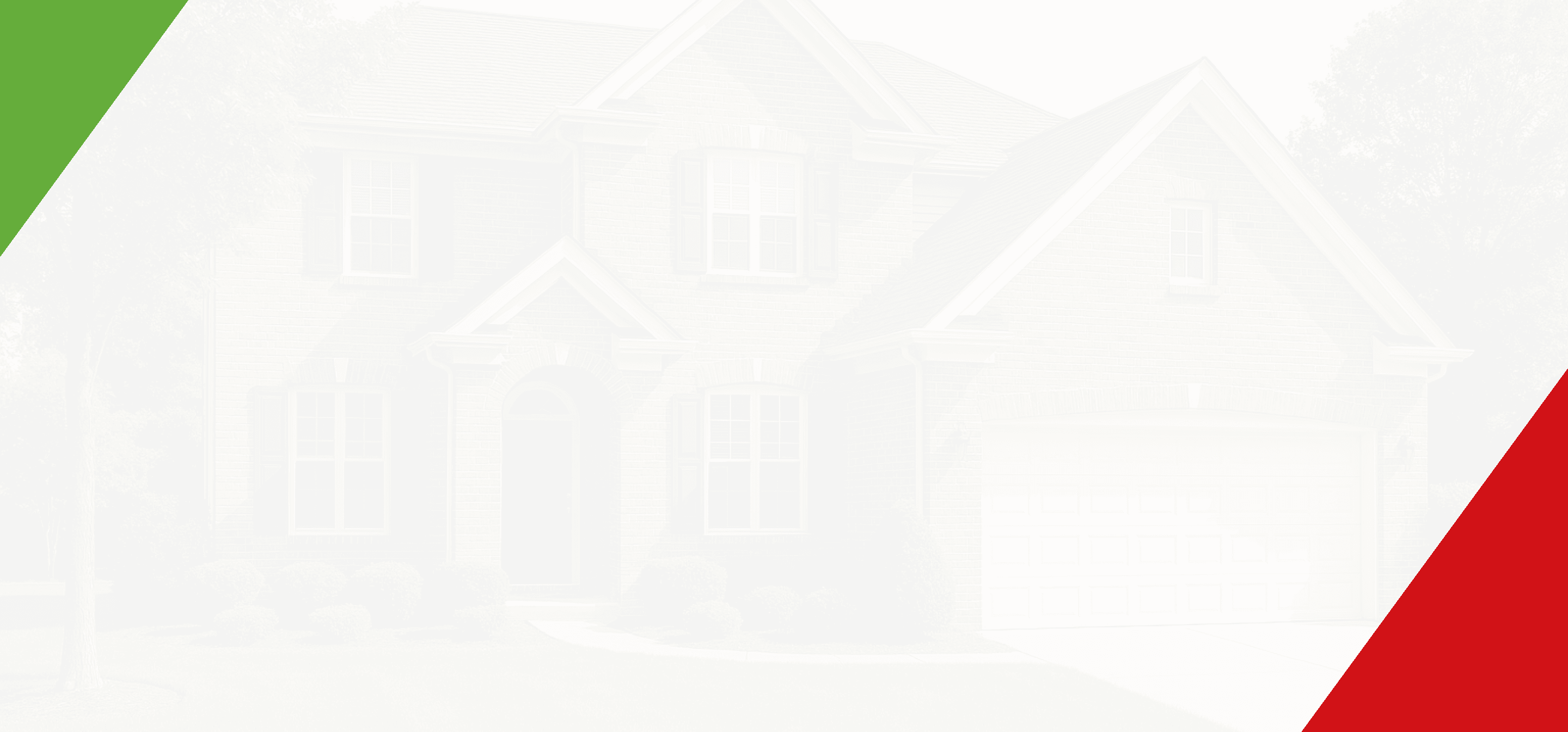Termites are a serious risk to Dunwoody homes. Because activity often happens inside wall voids, sill plates, and other concealed wood, problems are frequently discovered only after damage has advanced especially in areas with high moisture, shaded lots, and older construction common around Dunwoody.
The good news: modern, professionally implemented treatments work very well when they’re matched to the structure and followed with monitoring. Below is a clear, local guide so you know what to expect, when each method makes sense, and how to help keep pressure down over time. For a service overview tailored to Dunwoody neighborhoods, see our Dunwoody service center page.

Why Dunwoody Homes See Termite Pressure
- Warm, humid seasons accelerate termite foraging and reproduction.
- Mature tree canopy and mulch-heavy landscaping keep soil moist near foundations.
- Storm-driven moisture and clogged gutters increase conducive conditions around slabs and foundations.
- Additions, porches, and utility penetrations create entry points if not sealed or treated.
What “Effective” Looks Like (Plain-English Expectations)
- Active infestations: We aim to eliminate the colony impacting your structure, then keep pressure low with ongoing protection.
- Timing: Liquid treatments stop foraging at the structure quickly; baits eliminate the colony over weeks to months and provide long-term protection with monitoring.
- Follow-ups: We verify results, re-inspect conducive conditions, and adjust as needed — helping to provide long term peace of mind again.”
Treatment Options (and When to Choose Them)
- 1Non-Repellent Liquid Termiticides (e.g., soil treatments with Termidor®):
How it works: We create a treated zone around/under the structure. Termites contact the treatment and transfer it within the population.
Best for:- Confirmed activity at the structure (swarms, mud tubes, damaged wood).
- Homes where a complete, continuous barrier is achievable.
Pros: Fast structural protection, great for active hits.
Consider: Proper trenching/drilling is essential; additions/porches may require extra work to maintain continuity over time.
- 2Termite Baiting Systems (e.g., Sentricon® with Always Active™):
How it works: Stations with a target-specific active ingredient are placed around the perimeter; foraging termites feed and share the active ingredient, leading to colony elimination. We monitor and maintain stations to help ensure ongoing protection.
Best for:- Long-term protection and colony elimination with minimal disruption.
- Sites where creating a perfect liquid barrier is difficult (complex foundations, lots of hardscape).
Pros: Targets the source (the colony), provides continuous monitoring, scalable over property changes.
Consider: Visible stations and scheduled service are part of the plan; speed to elimination varies by pressure/season.
- 3Integrated Programs (Liquid + Bait):
How it works: Use liquid at structural hot spots plus perimeter baiting for long-term colony pressure reduction.
Best for:- Heavy pressure properties (mulch beds, wooded lots, frequent moisture).
- Homes with additions, complex slabs, or past activity.
Pros: Fast structural protection with continuous, colony-level control.
Consider: Slightly higher upfront investment; excellent for Dunwoody’s conditions.

Non-Chemical & Supplemental Measures (Helpful, Not Stand-Alone “Cures”)
Moisture reduction
Fix leaks, add/dehumidify crawlspace ventilation where appropriate, extend downspouts, regrade low spots.
Exclusion/maintenance
Seal utility penetrations, maintain door/vent screens, keep mulch a few inches off the foundation.
Material choices
Sand or steel-mesh barriers may be useful in pre-construction; some suggest they help prevent access but won’t eliminate an existing colony.
Biological agents (e.g., nematodes/fungi)
May contribute to control in limited scenarios but are not primary elimination tools for established structural infestations.

